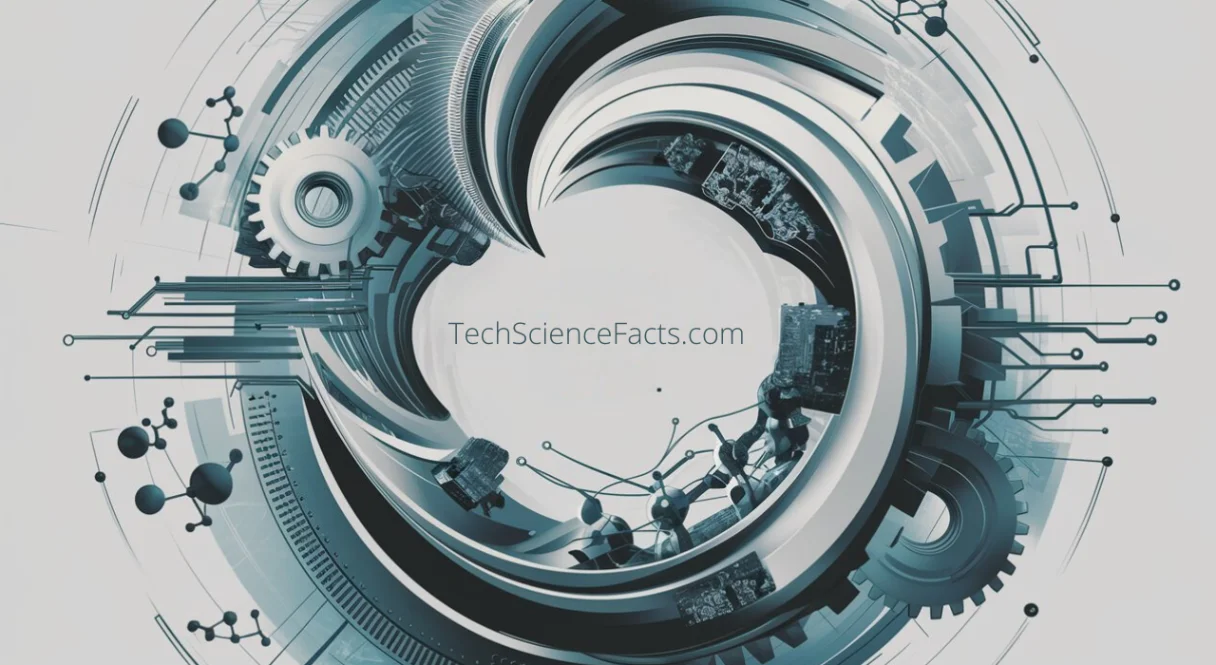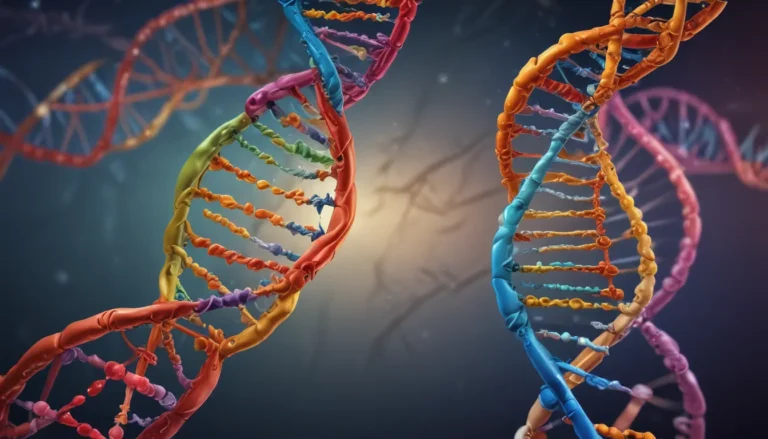A Note About Images: The images used in our articles are for illustration purposes only and may not exactly match the content. They are meant to engage readers, but the text should be relied upon for accurate information.
Epithelial tissues are a vital component of the human body, serving as a protective barrier on external surfaces and lining internal organs and cavities. In this article, we will delve into the intriguing realm of epithelial tissues, exploring their diverse types, specialized functions, regenerative abilities, and involvement in diseases. By understanding the essential role of epithelial tissues, we can gain deeper insights into human anatomy and physiology.
The Role of Epithelial Tissues in the Body
Epithelial tissues are like the body’s protective armor, shielding organs and blood vessels from harm, absorbing nutrients, and aiding in temperature regulation and wound healing. These tissues serve as superheroes in the body, with diverse functions across different organs, playing critical roles in immune responses, fluid balance, and organ development during embryonic stages.
An Overview of Epithelial Tissues
Epithelial tissues are one of the four major tissue types in the human body. They encompass a wide range of structures, including the skin’s outer layer, the respiratory tract’s lining, and the inner linings of organs and blood vessels. These tissues act as a protective barrier, shielding underlying tissues and organs from mechanical injury, pathogens, and harmful substances.
The Functions of Epithelial Tissues
Epithelial tissues play a crucial role in absorption and secretion processes. They are responsible for absorbing nutrients, ions, and water from the digestive tract, as well as secreting substances like hormones and enzymes. Additionally, these tissues provide sensory functions in specialized sensory organs, such as taste buds and olfactory epithelium, detecting and transmitting sensory information.
Epithelial tissues also contribute to temperature regulation through sweat glands in the skin, regulate fluid and electrolyte balance in the kidneys, and participate in immune responses in the respiratory and gastrointestinal tracts. Moreover, certain epithelial tissues can differentiate to form specialized glands, such as sweat glands, salivary glands, and mammary glands.
Anatomy of Epithelial Tissues
Epithelial tissues have distinct cell-cell adhesion structures, including tight junctions, adherens junctions, and desmosomes, which help maintain tissue integrity. These tissues exhibit polarity, with apical surfaces facing lumens or the external environment, and basal surfaces in contact with underlying connective tissue. Epithelial cells can be classified based on their shapes as squamous (flat), cuboidal (cube-shaped), or columnar (rectangular), giving rise to different types of epithelial tissues.
Regeneration and Transformation of Epithelial Tissues
Epithelial tissues have a high regenerative capacity, continuously regenerating to repair damage and maintain their function. In response to injury or stimuli, epithelial cells can undergo hyperplasia (increase in number) or metaplasia (change in phenotype). However, abnormal changes in epithelial cells can lead to malignant transformations, resulting in various types of cancer, such as skin cancer and lung cancer.
Future Perspectives on Epithelial Tissues
Researchers are exploring ways to harness the regenerative potential of epithelial tissues in healing wounds, treating diseases, and growing organs for transplantation. The study of epithelial tissues offers a fascinating journey into the intricacies of the human body, shedding light on the beauty and complexity of biological systems. As our understanding of epithelial tissues continues to expand, we can anticipate further breakthroughs in regenerative medicine and healthcare.
Conclusion
In conclusion, epithelial tissues are indispensable components of the human body, playing crucial roles in maintaining healthy organs and systems. By unraveling the mysteries of epithelial tissues, we can appreciate their remarkable properties and significance in human physiology. As we continue to explore the capabilities of these tissues, we open doors to new possibilities in medicine and healthcare. Join us in this exciting exploration of the wonders of epithelial tissues and their profound impact on our well-being.
FAQs about Epithelial Tissues
Q: What are epithelial tissues?
A: Epithelial tissues are flat, thin layers of cells that cover the surfaces of organs and line the body’s cavities.
Q: What are the different types of epithelial tissues?
A: The different types of epithelial tissues include simple squamous, stratified squamous, cuboidal, columnar, and transitional epithelium.
Q: Where are epithelial tissues found in the body?
A: Epithelial tissues are found in the skin, blood vessels, respiratory tract, digestive tract, urinary tract, and other organs.
Q: Can epithelial tissues regenerate?
A: Yes, epithelial tissues have a high regenerative capacity and can repair and replace damaged cells.
Q: Can epithelial tissues become cancerous?
A: Yes, abnormal changes in epithelial cells can lead to the development of cancerous growths, known as carcinomas.
Unlock the mysteries of epithelial tissues and embark on a journey of discovery into the wonders of the human body. Dive deeper into the world of these microscopic marvels and witness their profound impact on our overall health and well-being.
By exploring the intricate world of epithelial tissues, we uncover the secrets behind their essential role in the body. From protection and absorption to regeneration and adaptation, these tissues showcase the remarkable capabilities of the human body. Join us on this enlightening journey into the fascinating realm of epithelial tissues and discover the beauty and complexity of the biological systems that shape our existence.






